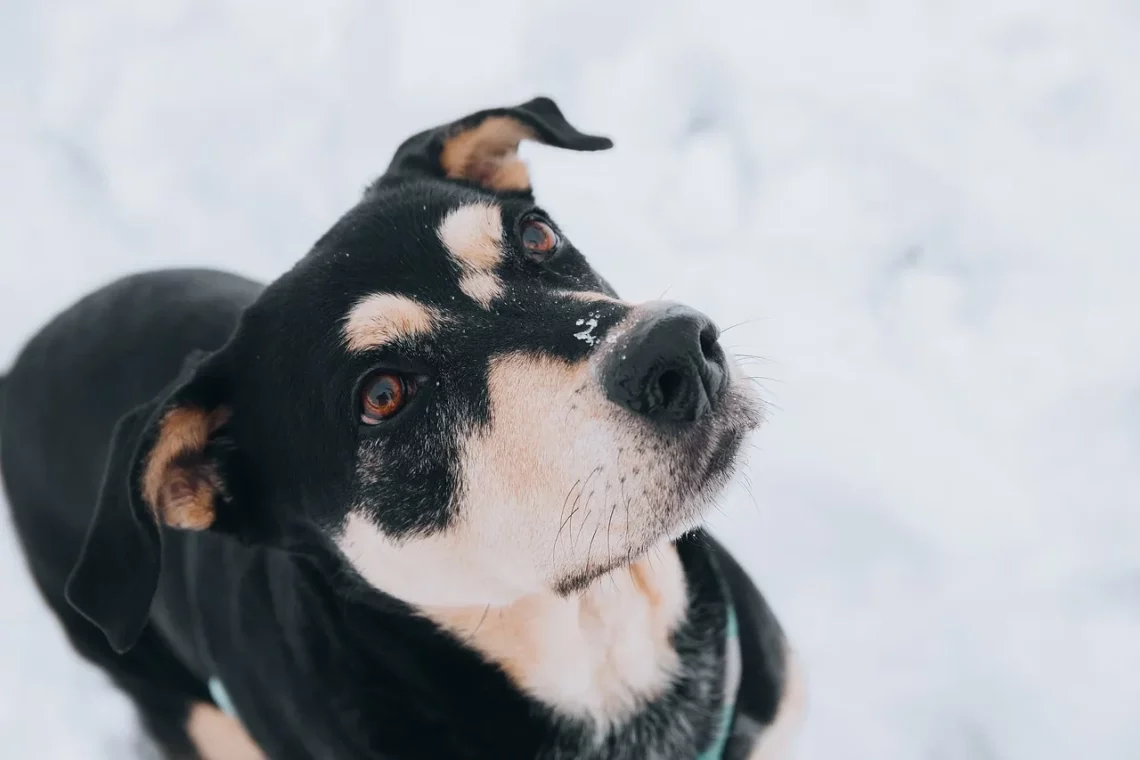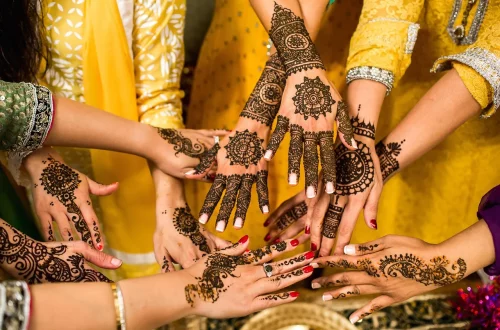
Understanding the Full Grown White Maltipoo: Characteristics and Care
The Maltipoo, a delightful crossbreed between the Maltese and Poodle, has captured the hearts of dog enthusiasts across the globe. Known for their charming appearance and friendly demeanor, full-grown white Maltipoos are particularly sought after for their unique characteristics and affectionate nature. These small dogs are not only adorable but also bring joy and companionship to families, singles, and seniors alike. With their hypoallergenic coats and playful personalities, they have quickly become a popular choice for those looking for a pet that fits well into various lifestyle settings.
Understanding the full-grown white Maltipoo goes beyond mere aesthetics; it involves recognizing their temperamental traits, grooming needs, and health considerations. As these dogs mature, they develop distinct habits and behaviors that reflect their lineage. Whether you are considering bringing a Maltipoo into your home or are already a proud owner, knowing what to expect can enhance your experience and ensure a loving and supportive environment for your furry companion.
Physical Characteristics of Full-Grown White Maltipoos
Full-grown white Maltipoos typically weigh between 5 to 15 pounds and stand around 8 to 14 inches in height. Their small stature makes them an ideal choice for apartment living and for families with young children. One of the most striking features of this breed is their luxurious, soft coat, which can vary in texture from wavy to curly, depending on the genetic influence of the Poodle parent. The white coat not only adds to their elegance but also carries the benefit of being hypoallergenic, making them suitable for individuals with allergies.
The eyes of a Maltipoo are usually dark and round, exuding a playful and curious expression. Their ears are floppy and covered with soft fur, adding to their overall cuteness. The combination of these features creates an endearing appearance that is hard to resist. Additionally, Maltipoos often exhibit a variety of coat patterns, although the white variant is particularly popular due to its classic and timeless look.
Grooming is an essential aspect of maintaining the physical appearance of a Maltipoo. Regular brushing is necessary to prevent matting, especially in dogs with curlier coats. It is advisable to groom them at least two to three times a week, using a slicker brush to reach the undercoat. Bathing should occur every 4 to 6 weeks to keep their coat clean and smelling fresh. Owners should also pay attention to their dental hygiene, as small breeds like Maltipoos are prone to dental issues. Regular tooth brushing and dental check-ups can help maintain their oral health.
In terms of activity level, full-grown Maltipoos are playful yet adaptable. They enjoy short walks, playtime in the yard, and interactive games with their owners. Their small size means they do not require excessive exercise, but regular physical activity is essential to keep them healthy and prevent obesity.
Temperament and Behavior
Maltipoos are renowned for their friendly and affectionate temperament. They are social dogs that thrive on interaction with their families and other pets. Their sociable nature makes them excellent companions for individuals and families alike. They often form strong bonds with their owners and are known to follow them around the house, seeking companionship and affection.
This breed is also characterized by its intelligence and eagerness to please. Training a Maltipoo can be a rewarding experience, as they respond well to positive reinforcement methods. Consistency is key, and early socialization is crucial to help them develop into well-adjusted adults. Maltipoos typically enjoy learning new tricks and commands, which can be a fun way to engage with your pet while also providing mental stimulation.
However, it’s important to note that Maltipoos can exhibit some behavioral tendencies, such as separation anxiety. Due to their attachment to their owners, they may struggle when left alone for extended periods. To mitigate this, it is advisable to gradually acclimate them to alone time and provide them with toys or puzzles to keep them occupied. Additionally, enrolling them in puppy training classes can help build their confidence and social skills.
Maltipoos are often described as adaptable dogs. While they enjoy playtime, they are equally content to cuddle on the couch with their owners. This versatility allows them to fit into various lifestyles, making them suitable for both active individuals and those who prefer a quieter environment. Their gentle disposition makes them excellent therapy dogs as well, providing emotional support and companionship to those in need.
Health Considerations for Maltipoos
Like all breeds, Maltipoos are susceptible to certain health issues. Being a hybrid breed, they can inherit health problems from either parent breed. Some of the common health concerns associated with Maltipoos include dental issues, hip dysplasia, and patellar luxation. Regular veterinary check-ups are crucial for early detection and management of these potential health issues.
Dental health is particularly important for Maltipoos, as small breeds often face dental problems. To prevent tooth decay and gum disease, owners should implement a routine of regular dental care, including brushing their dog’s teeth and providing dental treats designed to promote oral health.
Another common concern is hip dysplasia, which can affect their mobility and overall quality of life. Ensuring that your Maltipoo maintains a healthy weight through proper diet and exercise can significantly reduce the risk of this condition. Regular vet visits will help monitor their health and adjust their care as needed.
Patellar luxation, a condition where the kneecap dislocates, is also prevalent in small breeds like the Maltipoo. While some cases may be mild and manageable through lifestyle adjustments, severe cases may require surgical intervention. Being aware of your dog’s movements and seeking veterinary advice at the first sign of limping or discomfort is essential.
As with any pet, providing a balanced diet, regular exercise, and mental stimulation will contribute greatly to the overall health and happiness of your Maltipoo.
**Disclaimer**: This article is for informational purposes only and does not constitute medical advice. For any health concerns regarding your pet, please consult a licensed veterinarian.




